Australian teachers may be familiar with Kathy Schrock.
This USA educator has had an internet presence for just over a decade now and her website “Kathy Schrock’s Guide for Educators” is a popular resource which has certainly developed and changed since the early days.
Of course it stands to reason that Kathy is now exploring the options that SL has to offer educators and with that in mind she has established Kathy’s Kaffeeklatsch.

Downstairs there is a great coffee lounge adjoining a poster display of resources. The posters are, mainly, Web 1.0 links to various resources and events such as NECC 2007.
Upstairs Kathy has a more formally configured SL classroom in which to conduct Web 2.0 professional development and group gatherings.

The “To Put your Hand Up – press the fly up (PAGE UP) key. To Put your Hand Down – press the fly down (PAGE DOWN) key” when sitting in the classroom area is a reminder that in some ways school never changes, regardless of technology!

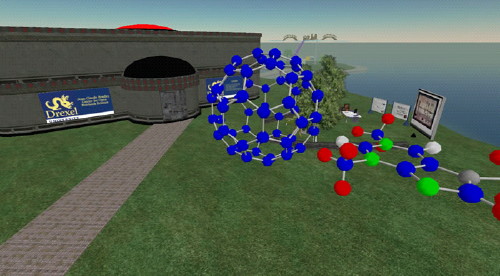

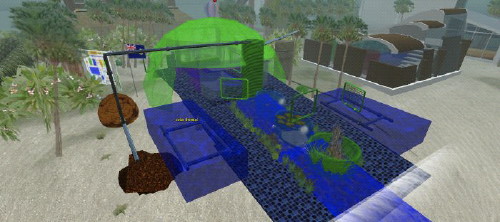

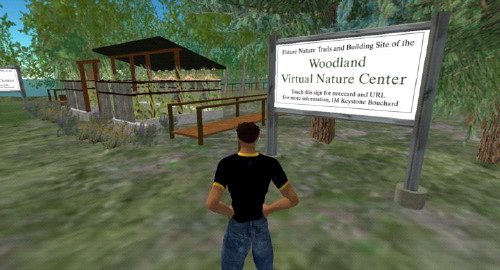
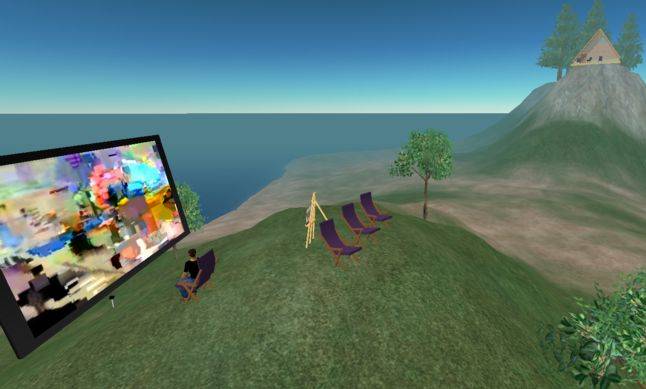
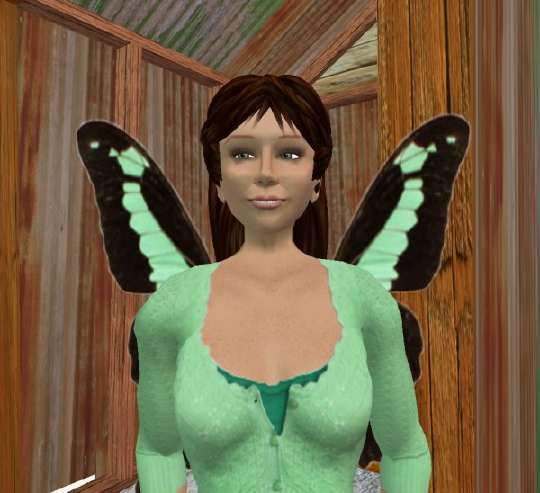
Recent Comments